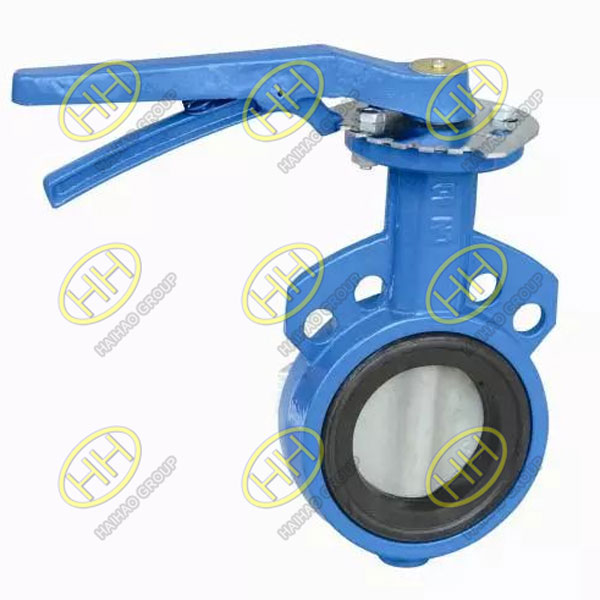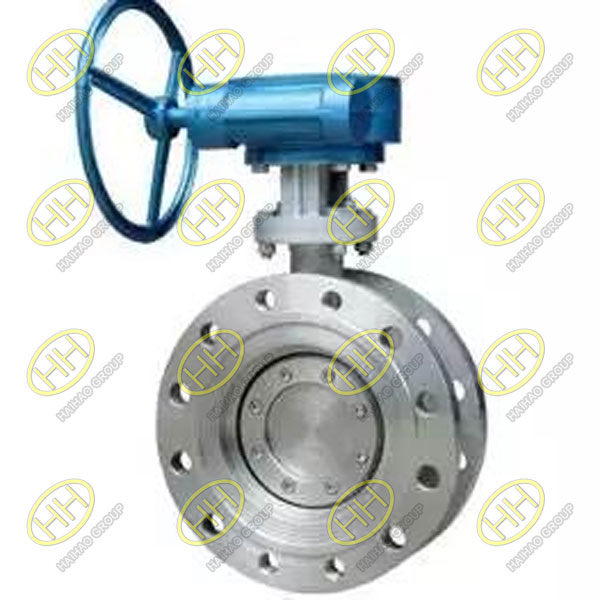The difference between soft seal and hard seal in butterfly valves
Butterfly valves are widely used in various industries for their efficient flow control and compact design. A crucial aspect of their functionality is the sealing mechanism, which ensures the valve’s ability to prevent leakage. There are two primary types of seals used in butterfly valves: soft seal and hard seal. Understanding the differences between these two types is essential for selecting the right valve for specific applications.
Soft Seal Butterfly Valves
A soft seal involves one side of the sealing pair being a metallic material while the other side is a non-metallic material with elastic properties. This type of seal is known for its excellent sealing performance but has certain limitations regarding temperature resistance and mechanical durability.
Characteristics of Soft Seal Butterfly Valves:
Materials: Common combinations include steel and rubber, or steel and PTFE (polytetrafluoroethylene).
Sealing Performance: Soft seals offer superior sealing capabilities, often achieving zero leakage.
Temperature Resistance: These seals are not suitable for high-temperature applications due to their non-metallic components, which can degrade or deform under heat.
Durability: Soft seals are prone to wear and tear, leading to a shorter lifespan compared to hard seals.
Applications: Ideal for low to medium pressure systems and where the conveyed media is non-corrosive.
Hard Seal Butterfly Valves
A hard seal consists of both sides of the sealing pair being made from metallic materials or other hard materials. While they do not provide the same level of sealing performance as soft seals, hard seals excel in high-temperature and high-pressure environments.
Characteristics of Hard Seal Butterfly Valves:
Materials: Typical combinations include steel with steel, steel with copper, steel with graphite, or steel with alloy steel. These materials may also be cast iron, cast steel, or alloy steel with welded or sprayed alloy coatings.
Sealing Performance: Although generally less effective than soft seals, modern manufacturing techniques have improved the sealing capabilities of hard seals, making them suitable for applications where zero leakage is required.
Temperature Resistance: Hard seals can withstand a wide range of temperatures, from low to extremely high, making them versatile for various environmental conditions.
Durability: These seals offer high resistance to wear and mechanical stress, resulting in a longer operational life.
Applications: Suitable for medium to high pressure systems, and where the conveyed media is corrosive or involves high temperatures.
Structural Differences
Design: Soft seal butterfly valves are predominantly designed as concentric (centerline) types. In contrast, hard seal butterfly valves often feature eccentric designs—single, double, or triple eccentric—to enhance their performance in demanding conditions.
Temperature Suitability: Soft seal valves are limited to normal temperature environments, whereas hard seal valves can operate in low, normal, and high-temperature settings.
Pressure Handling: Soft seal valves are generally used in low to standard pressure applications. Hard seal valves, however, can handle medium to high pressure environments.
Sealing Performance: While soft seals offer better sealing performance under standard conditions, triple eccentric hard seal butterfly valves can maintain excellent sealing under high pressure and high temperature conditions.
While soft seals provide exceptional sealing for non-corrosive, lower temperature, and pressure applications, they fall short in more demanding environments. Hard seals, with their robust construction and high tolerance to extreme conditions, fill this gap. The complementary use of both types ensures optimal performance across a broad range of industrial applications.


